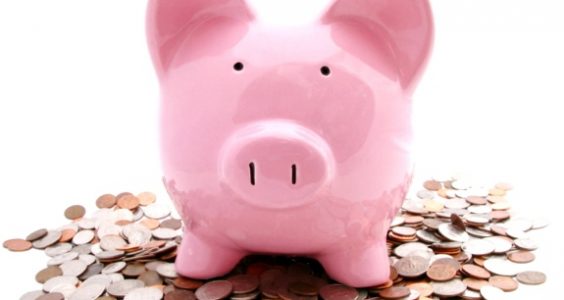Working out a realistic budget is a great way to take control of your finances. Although it may seem like a chore, it’s the crux of sound – and sustainable – financial management. In this article we look at how to “do the numbers”.
Give me the main points
- The principles of budgeting are simple – calculate your income less expenditure.
- It’s easy to underestimate expenditure by overlooking occasional costs.
- Grouping your spending into categories like home costs, clothing, food etc. can be helpful.
- A great budget will anticipate large or unexpected purchases like replacing a fridge or paying for school excursions.
- The best budgets are realistic and don’t work on ‘best case’ scenarios.
A budget shows you how much money you’re earning, how much you’re spending, and how much you’re saving.
While it can be tempting to put it off, creating a realistic budget can help you hit your savings goals faster. Let’s start with the numbers.
Work out your current income
For most of us, this is a matter of checking our payslip or salary credit and seeing what we get (after tax and super). It’s trickier if you’re a contractor or self-employed, or if your income varies wildly from month to month. If your income varies week to week, you could use your last annual tax return as a starting point, and work out your average weekly net income (after business expenses, GST and PAYG). It is important to consider whether you anticipate any significant changes to this level of income going forward.
Do you have any other sources of income – for example, interest from investments, dividends from shares or rental income from an investment property? You can also factor in any income received (net of expected expenses and tax) from these sources.
Work out your spending
It can be easy to underestimate how much you spend on a day-to-day basis. But in order to create a realistic budget, it’s important to find out how much you’re spending, and on what.
Firstly, take a good hard look at your bank statements. Go back over the past two or three months and make a note of everything you’ve paid for. Remember there are some hefty costs which are important to factor in, which only come up once every year, like car insurance and registration.
It’s helpful if you group things into categories. Let’s start with the basics: food, clothing, housing, transport, communication and insurance.
Housing expenses
The biggest expense you’ll face is probably your rent or mortgage repayments. If you own your own place, you’ll also be hit up for home maintenance (repairs), home and contents insurance, rates, and utilities (gas, electricity, water etc.).
Food and drink
This includes your groceries, but also your takeaway lunches and evening feasts out. Don’t forget those coffees and other incidental snacks – it all adds up.
Clothing
You might want to divide this category into your work clothes and your fun clothes to sort out what’s necessary and what’s not. If shoes are your thing, you’ll need to account for these too.
Transport
The costs of running a car or using public transport can easily add up. Fuel’s just the start—there’s parking, repairs, preventative maintenance and insurance, or maybe that taxi home on a Friday night every month or so.
A really robust budget also factors in things like replacing your car at some point.
Communication
Consider the bills for your mobile, internet and (if you still have one) landline charges.
Insurance
If you have any sort of insurance – health, life, medical, or perhaps income protection – you’ll be paying premiums. They may be yearly or monthly, but make sure they’re factored into your final budget if you pay the premiums on your own, and not via superannuation.
Health and wellbeing
Although these costs might be occasional, your budget should take into account things like medical spending (including the dentist) and pharmaceutical costs.
In this section you can also include lifestyle costs like gym membership and sports club fees.
Life and leisure
Think about all those incidental costs that pop up over the year: magazine and TV streaming subscriptions, weekends away, movies, Christmas and birthday gifts.
Replacement costs
Every now and then, you’ll unfortunately have to replace the fridge, the washing machine, the TV, the lounge suite etc. Replacing these items can make a significant dent in your savings if you don’t have a plan in place to prepare for them ahead of time.
Debts
This includes personal loans, credit cards, store cards and other loans, and the interest that comes with them.
Miscellaneous
This is where you’ll budget for everything else that doesn’t fit within the categories you’ve laid out. These might include pet costs, Uni. or office fees, childcare, beauty costs etc.
To help you get started, you can download this Excel document.
We’re here to help
Periapt Advisory can provide you with advice to help you manage your debts efficiently. To find out more, contact us today.

